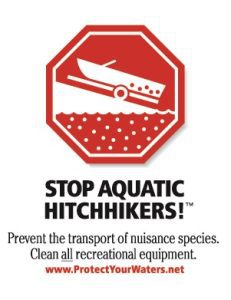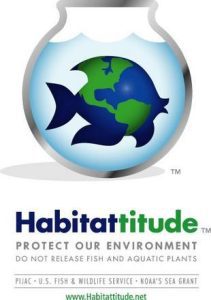PREVENTION
X
CONTACT US
Great Lakes Center, SAMC 319
SUNY Buffalo State
1300 Elmwood Ave., Buffalo, NY 14222
wnyprism@buffalostate.edu
(716) 878.4708
SUBSCRIBE TO LISTSERV
FOLLOW US
CONTACT
Preventing the spread and establishment of invasive species is our most effective method of invasive species management, and it is certainly the most cost effective. By preventing the initial establishment of a species, we save on the cost of removal and protect ourselves from the negative impacts of the invaders. However, prevention isn’t always easy, because it often depends on strict regulations for business and industry, or on individuals to change their behavior. Cleaning off your boats and mowers, purchasing firewood on-site, and planting native or non-invasive plants in your landscaping are simple changes individuals can make to help stop the spread of invasive species.
Here, you will find some simple steps individuals can take to help stop the spread of invasive species. You can also check out the WNY PRISM Best Management Practices for Pathways of Invasion.
Quick tips to Prevent the Spread of Aquatic Invasive Plants
- Use native or non-invasive plants in ponds and water gardens.
- Remove all visible plant material from water craft, gear, equipment and trailers before and after each use.
- Avoid boating, paddling or swimming through dense plant beds.
- Never release aquarium plants outdoors.
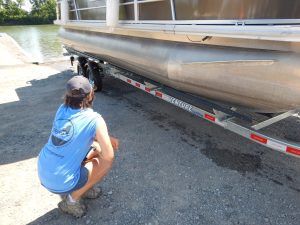
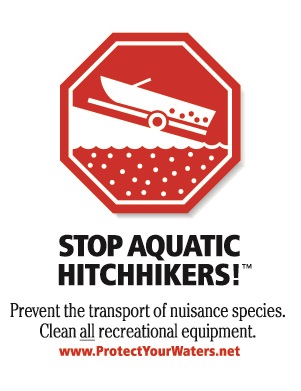
Quick tips to Prevent the Spread of Aquatic Invasive Animals
- Clean, Drain, Dry all boats and recreational gear before moving between waterways
- Never transport uncertified baitfish between waters
- Always dispose of unwanted bait in the trash, not the ground
- Never release unwanted species from home aquariums
- Never release live fish or other animals into the wild
Quick Tips to Prevent the Spread of Terrestrial Invasive Plants
- Landscape with native or non-invasive plants
- Read labels when spreading seed, seed mixes or bird seed; they may include invasive plants
- Remove invasive plants from your property
- Learn about which terrestrial plants can be composted, and which cannot.
- Clean boots and clothes after hiking.
- Clean tread and tires of vehicles, gear and equipment.
- Avoid picking roadside flowers, you may transport seed.
- Know your source – Use weed-free seed, mulch, topsoil and fill.
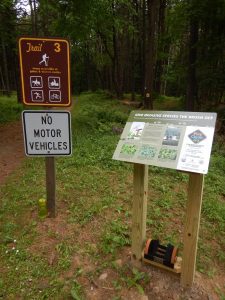
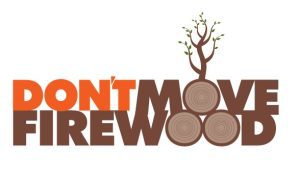
Quick Tips to Prevent the Spread of Terrestrial Invasive Animals
- Use firewood local to the area you are visiting
- Clean gear and outdoor recreation equipment after each use
- Buy and plant only safe and approved nursery trees
- Be on the lookout for signs and symptoms of pest damage on trees
- Never release unwanted pets into the wild
Additional Resources:
NYS Department of Environmental Conservation (DEC)
National Invasive Species Prevention Campaigns


